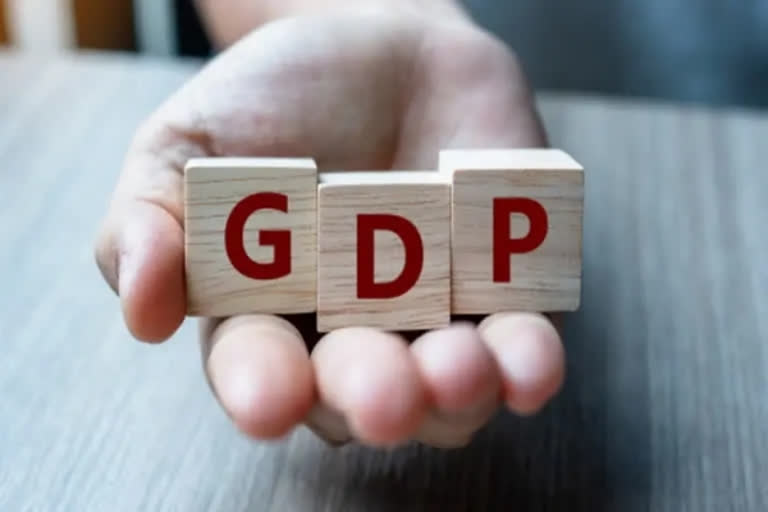New Delhi: India’s apex statistics office takes three years to calculate the national income or GDP growth in a financial year as it is a fairly complex and elaborate procedure that goes through several rounds of estimations and revisions.
It may sound quite confusing to students of economics, but the estimation of India’s national income, the second-most populous country in the world after China and the fifth-largest economy in the world, is a fairly elaborate and time-consuming exercise as it takes about three years to finalise the GDP data.
Six estimates and revisions
In India, estimation of any change in the national income begins with the first advanced estimate, which is usually released in January in the same financial year. For example, the first advance estimate of the current financial year (April-March 2022) was released on January 8 this year.
The first advanced estimate is followed by the second advance estimate a month later. Usually, it is released on the last day of February.
The second advance estimate of national income or GDP growth is followed by the provisional estimate of the GDP growth.
The provisional estimate of GDP growth is followed by the revised estimate, the second revised estimate and then the third revised estimate, which is basically taken as the final estimate of the GDP growth for that financial year.
However, the entire process takes three years and the country gets the correct picture of the GDP growth after three years which includes six estimates and revisions.
Smaller revisions
A careful analysis of the revisions in the GDP data from the first advance estimate to the third revised estimate for a period of five years, FY 14-15-FY 19-20 shows that the quantum of the revisions in GDP growth rate has been not big.
For example, the GDP growth rate for FY 2014-15 was 7.4% in the first advance estimate and it was later downgraded to 7.3% in the provisional estimate and 7.2% in the first revised estimate and 6.9% in the second revised estimate but was eventually estimated to have grown at the rate of 7.4% in the third and final revision, which was same as in the first advance estimate.
Secondly, for FY 15-16, the GDP growth rate was revised upwardly from 7.6% in the first advance estimate to 8% in the third revised estimate.
For 2018-19, the GDP growth rate was revised downwards, from 7.2% in the first advance estimate to 6.5% in the third and final revised estimate, a decrease of 70 basis points or 0.7%.
GDP growth started to decline before Covid
For FY 2019-20, the estimate of growth in national income has been revised downwards from 5% in the first advance estimate to just 3.7% in the second revised estimate. It shows that the Indian economy was clearly in slowdown mode even before the Covid-19 global pandemic hit the world.
For the last financial year (FY 2020-21), the estimate of GDP growth changed from 7.7% in the first advance estimate to 7.3% in the provisional estimate. As per the latest data released in the first revised estimate, the decline in GDP was 6.6% against the earlier calculation, which ranged from 7.3% to 8%.
It is not only the GDP growth numbers that are revised several times over a period of three years but the four components of GDP growth i.e; private final consumption expenditure (PFCE), government final consumption expenditure (GFCE), gross fixed capital formation (GFCF) and exports also undergo change.
